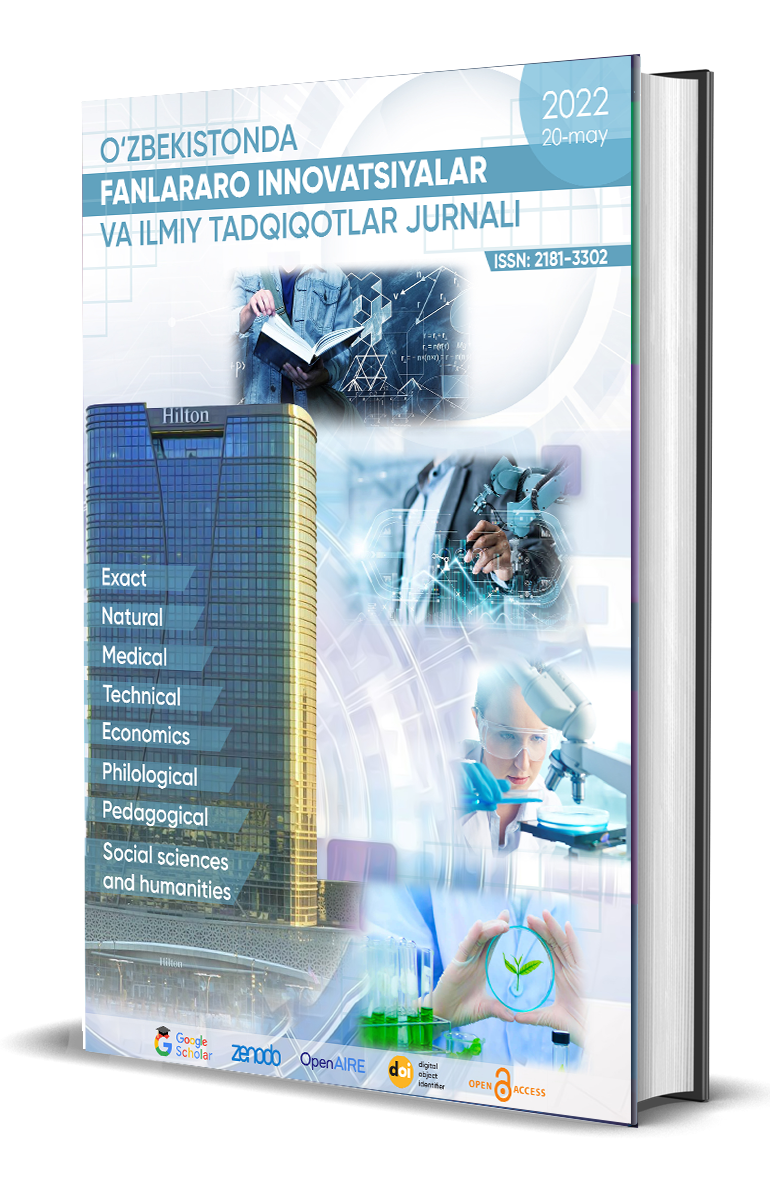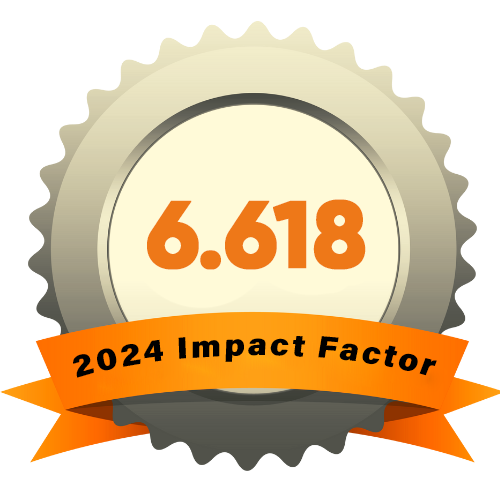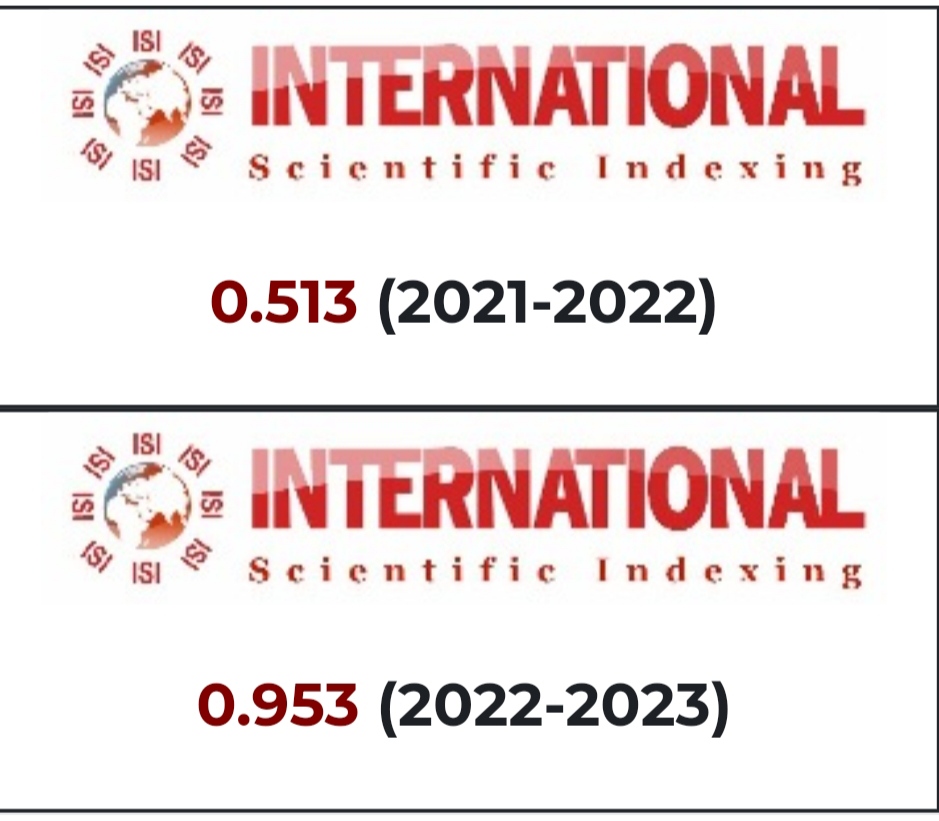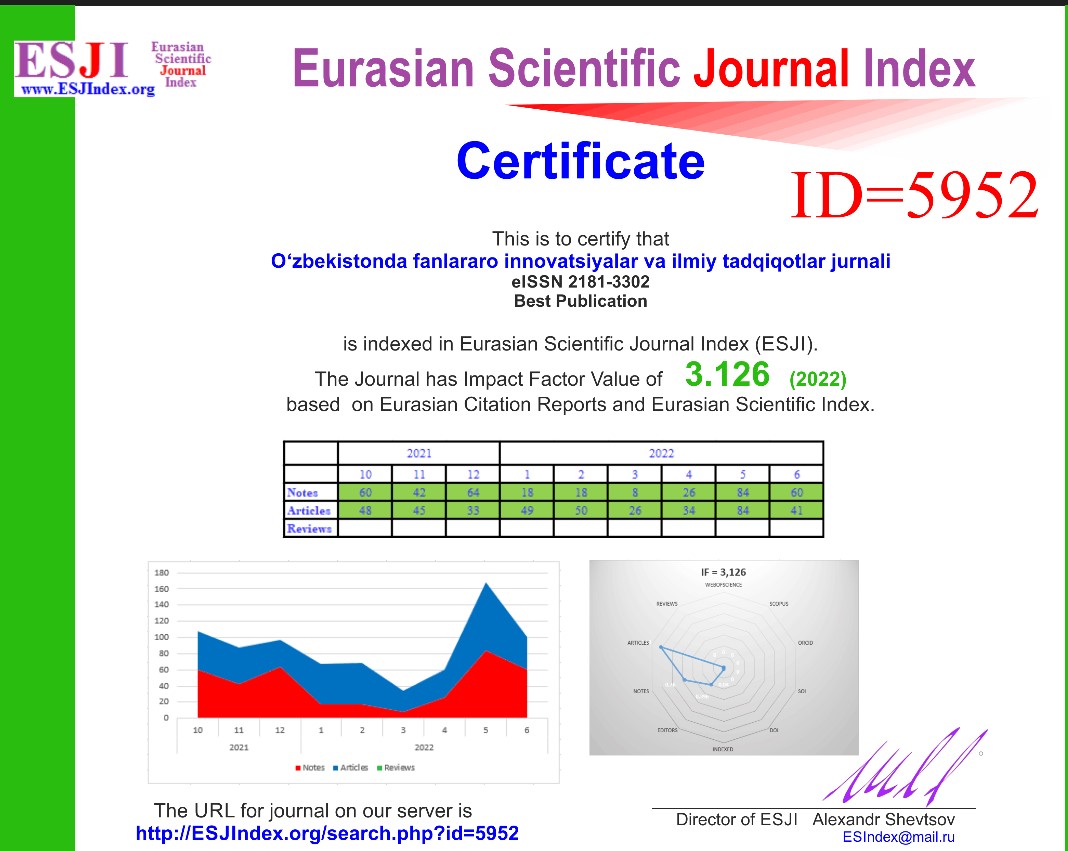DIFFICULTIES IN USING INTERNET RESOURCES IN TEACHING ENGLISH SPEAKING SKILLS IN PRIMARY SCHOOLS
Abstract
This article is dedicated to the that English, like any other language, performs a communicative function. As a result, as an academic subject, it is considered both a goal and a means of study at the same time. There are more than a billion different multimedia files in English on the Internet, containing educational, methodological and scientific information, in fact, which allows you to organize operational consulting support, simulate research work, conduct virtual training sessions (seminars, lectures) in real time. The new demands of society on the level of development and education of the individual, new living conditions should change the content, means and methods of the pedagogical process. In this situation, there is a natural and rather urgent need for new concepts, methods and technologies of learning.
References
Holmberg B. Theory of Teaching-Learning Conversations / B. Holmberg // Moore M. G. Handbook of Distance Education. The Pennsylvania State University, 2007.
Kail R. Children and their development / R. Kail. 3rd ed. Upper Saddle River. - NJ: Prentice Hall, 2004
Keegan D. The foundation of distance education / D. Keegan. L.: Croom Helm, 1986.
Nuruzzaman A. The Pedagogy of Blended Learning: A Brief Review/ А. Nuruzzaman //International Journal of Education and Multidisciplinary Studies, 2016.
Palmer H. The scientific study and teaching of languages/ H. Palmer; edited by David Harper. - London: Oxford U.P., 1968.
Porter L. Developing an online curriculum: Technologies and Techniques/ L. Porter. // Embry-Riddle Aeronautical University, USA, Information Science Publishing, 2004.
Tinker R. E-Learning Quality: The Concord Model for Learning from a Distance / R. Tinker // NASSP Bulletin. - 2001.
Web-teaching: a guide for designing interactive teaching for the World Wide Web / D. Brooks, D. Nolan, S. Gallagher. 2nd ed. – New York: KluwerAcademic/Plenum Publishers, 2001.











